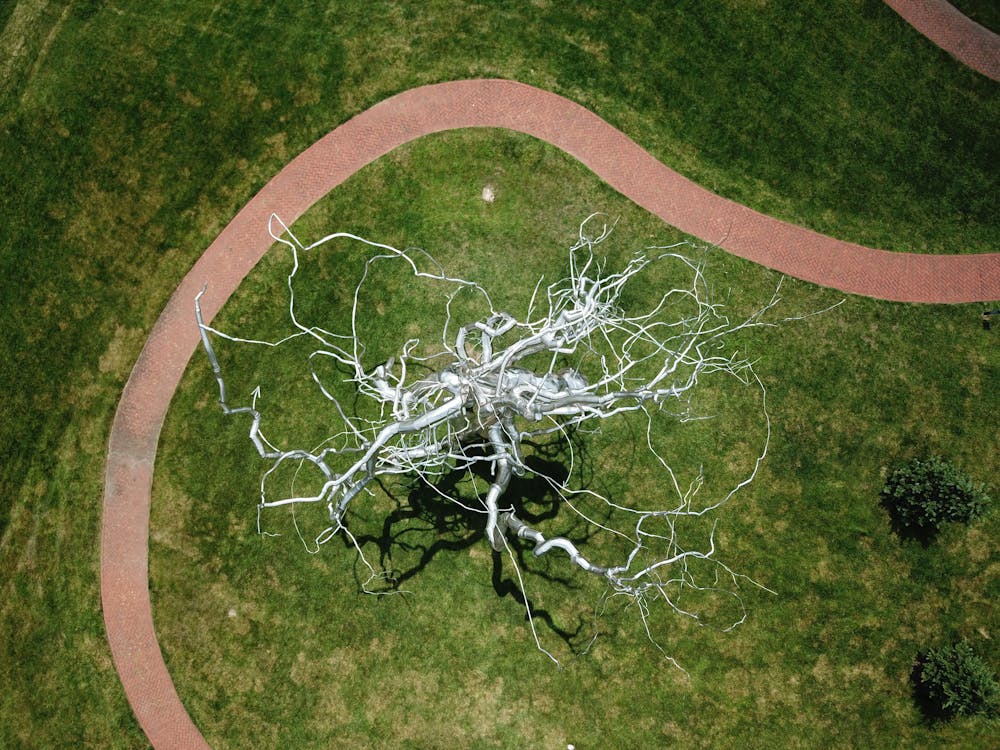Experts across different fields across all continents are hard at work generating solutions to help us fight back and mitigate the effects caused by human-induced climate change. Of course, much like the famous proverbial saying that “prevention is better than cure,” scientists and engineers the world over are busy developing ways to keep our industries and everyday lives off-course away from carbon emissions entirely; we see this in rapid developments in the fields of electric vehicles, renewable energy generation, and sustainable development. Some of these experts, however, are hard at work trying to find ways to get rid of the carbon dioxide (CO2) that’s already there; one of these methods is a process called direct air capture (DAC).
DAC involves extracting CO2 directly from the air around it, and storing these excess gases underground. It is somehow analogous to extant technologies such as carbon sequestration, which gathers waste CO2 directly from power generation facilities. DAC, on the other hand, gathers its CO2 straight from surrounding air. DAC, on the other hand, focuses on storing these CO2 gases directly underground.
Naturally, issues arise in these technologies, especially due to fears surrounding the possibility of CO2 leaks from these underground facilities, possibly poisoning anything that was unfortunately above the facility at the time. Alongside this, reactions involving storing CO2 gas as it reacts with surrounding rock to form solid minerals can take centuries to millennia to complete.
In response to this, researchers found a way to store CO2 in solid form through the CarbFix project back in 2016. In it, the CO2 is stored in carbonated water, which is then shuttled underground to wells sourced by aquifers surrounded by basaltic rock. These rocks are rich in elements like calcium (Ca), magnesium (Mg), and iron (Fe); these elements are then released into the water, which then react with the CO2 in the carbonated water fed into the well. The reactions produce solid carbonate minerals, safely storing excess CO2 without risk of leakage. This also drastically speeds up the conversion process; this method can mineralize CO2 in as little as two years.
This very process attracted the attention of Icelandic company Climeworks; they teamed up with CarbFix to create a pilot plant project at ON Power’s Hellisheidi geothermal power plant back in 2017; the facility managed to store about 12.5 tons of CO2 within three months, making the plant the first-ever power plant with negative CO2 emissions.
Beginning in May 2020, the Hellisheidi geothermal plant once again became the home of yet another DAC plant. This time, the plant was named “Orca,” and was put up using a “modular” construction method. Now the largest DAC plant in the world, Orca opened last September 8th of 2021, and is expected to gather about 4,000 tons of CO2 each year.
Climeworks co-founder Jan Wurzbacher believes that Orca is “a milestone in the direct air capture industry,” adding that “it has provided a scalable, flexible and replicable blueprint for Climeworks’ future expansion.” “With this success, we are prepared to rapidly ramp up our capacity in the next [few] years. Achieving global net-zero emissions is still a long way to go, but with Orca, we believe that Climeworks has taken one significant step closer to achieving that goal.”
As humans release an estimated total of 30 gigatons of CO2 into the air every year, the help Orca is set to contribute seems miniscule in comparison; despite this, these first steps of hopefully many will continue to inspire future methods and refine current ones, as the plant slowly eats away at the CO2 proving to be among the greatest risks working against humanity’s longevity and survival.
References
- Climeworks. (2021, September 8). Climeworks begins operations of Orca, the world’s largest direct air capture and CO₂ storage plant. Climeworks. Retrieved September 23, 2021, from https://climeworks.com/news/climeworks-launches-orca
- Lavars, N. (2016, June 10). Quickfire carbon capture method turns CO2 into solid rock within two years. New Atlas. Retrieved September 23, 2021, from https://newatlas.com/carbon-capture-rock-two-years/43787
- Lavars, N. (2021, September 8). World’s largest direct air capture plant starts absorbing CO2 in Iceland. New Atlas. Retrieved September 23, 2021, from https://newatlas.com/energy/worlds-largest-direct-air-capture-plant-climeworks-co2/
- Skydsgaard, N. (2021, September 8). World’s largest plant capturing carbon from air starts in Iceland. Reuters. Retrieved September 23, 2021, from https://www.reuters.com/business/environment/worlds-largest-plant-capturing-carbon-air-starts-iceland-2021-09-08/











